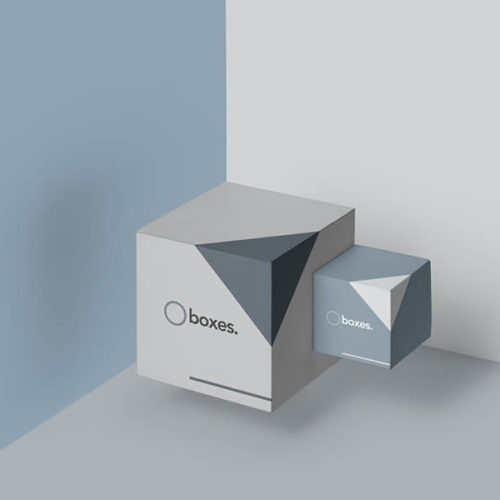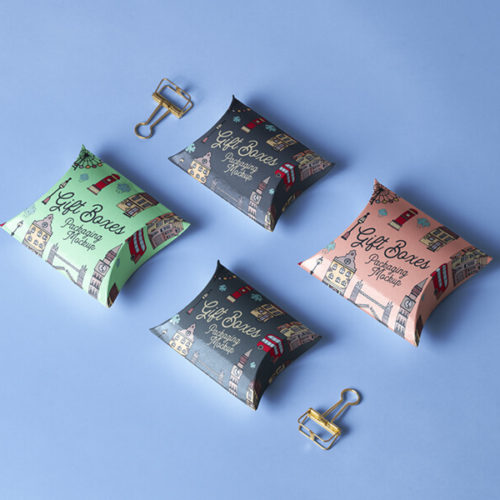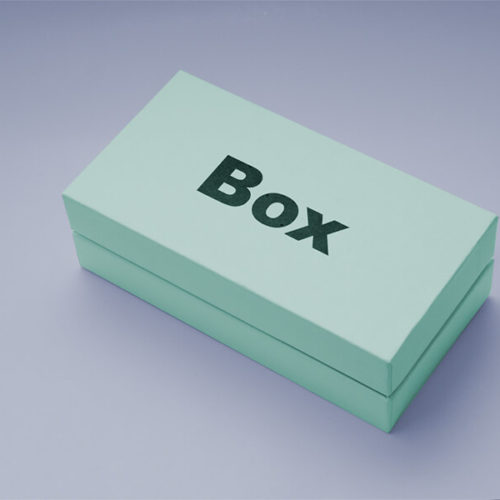- Introduction to Printing
Printing definition: “The copying process of using analog or digital image carriers to transfer color formers/colorants to the substrate.”
- Types of printing
① Classification of printing methods according to the relative position of the graphic and non-graphic areas on the printing plate
(1) Letterpress printing, the graphic part of the printing plate is raised significantly higher than the blank part. The printing principle is similar to a seal. Early woodblock printing, movable type printing and later type printing are all letterpress printing.
(2) Gravure printing, where the graphic part of the printing plate is lower than the blank part, it is often used for printing banknotes, stamps and other valuable securities.
(3) In lithographic printing, the graphic part and the blank part of the printing plate are almost on the same plane, and the printing is carried out by using the principle of immiscibility of oil and water.
(4) For stencil printing, the graphic parts of the printing plate are holes, and the ink is transferred to the surface of the substrate through the holes. Common stencil printing includes a hollow plate and a silk screen.
② Classification of printing methods according to the paper feeding method of the printing press
(1) Flat paper printing: also known as sheet-fed printing. It uses flat paper for printing.
(2) Web printing: also known as rotary printing. It is a method of printing on web.
③Classify the printing method according to whether the printing plate is in contact with the substrate
(1) Direct printing: The ink on the printing plate directly contacts the substrate for printing. Such as letterpress printing, gravure printing, screen printing.
(2) Indirect printing: a printing method in which the ink of the printing plate is transferred to the substrate through a blanket.
④Classify the printing method according to whether the printing plate is used or not
(1) Printing with plate: The printing plate adopts a pre-made printing plate to print on the substrate. Such as letterpress printing, gravure printing, screen printing.
(2) Plateless printing: A method in which the printing plate is directly printed on the substrate through a computer-driven print head (or print head). Such as digital printing.
⑤ Classification of printing methods according to printing principles
(1) For physical printing, the printing ink is a kind of accumulation and bearing in the printed part, while the non-printed part is concave or convex, which is different in height from the printed part and cannot be stained with the ink. Leave it blank, so the printing The ink transfer of the pattern part to the material to be printed is only a physical mechanical effect. Generally, relief printing, gravure printing, stencil printing, dry lithography, etc. are all physical printing (the printing surface is higher or lower than the non-printing surface).
(2) In chemical printing, the non-printed part (non-printing surface) of the printing plate does not adhere to the ink. It is not concave, convex, or obscured by the part, but due to chemical action, which makes it water-absorbing and repellent. The ink film dictates. Of course, the printed part (printing surface) absorbs ink and repels water, and the non-printed part absorbs water and repels ink. The water and grease reverse each other, which is still a physical phenomenon. The ink film is chemically printed. Offset printing falls into this category. In offset printing, glue should be added to the water tank solution to supply the carboxyl group mucus layer to keep the non-printing surface of the printing plate from being impregnated by grease.
Third, the printing process
①Pre-press: refers to the work in the early stage of printing, generally refers to photography, design, production, typesetting, output film proofing, etc.;
②Printing: refers to the mid-printing work, the process of printing the finished product through the printing machine;
③Post-press: Refers to the post-printing work, generally refers to the post-processing of printed matter including glue (laminating), UV, oil, beer, bronzing, embossing, mounting, binding, cutting, etc., mostly used for publicity and Packaging printed matter.
Printing is a technology for copying the graphic information of the original manuscript. Its biggest feature is that it can reproduce the graphic information on the original manuscript in a large amount and economically on a variety of substrates. It can be said that the finished product can be Extensive circulation and permanent preservation are incomparable to other copying technologies such as movies, television, and photography.
The production of printed matter generally goes through five processes, including the selection or design of the original manuscript, original plate making, printing plate printing, printing, and post-press processing. In other words, first select or design a manuscript suitable for printing, and then process the graphic information of the manuscript to produce an original plate for printing or engraving, and then use the original plate to make a printing plate for printing, and finally print The plate is installed on the printing machine, and the ink is applied to the surface of the printing plate by the inking system, and the ink is transferred from the printing plate to the substrate by the pressure machine. The finished product is suitable for various purposes. Now, people often refer to the design of manuscripts, graphic information processing, and plate making as pre-press processing, and the process of transferring the ink on the printing plate to the substrate is called printing. The completion of such a printed matter requires pre-press processing, Printing, post-press processing and other processes.




